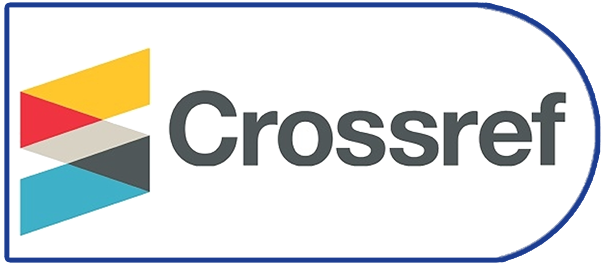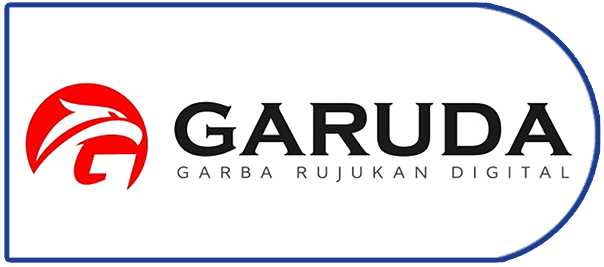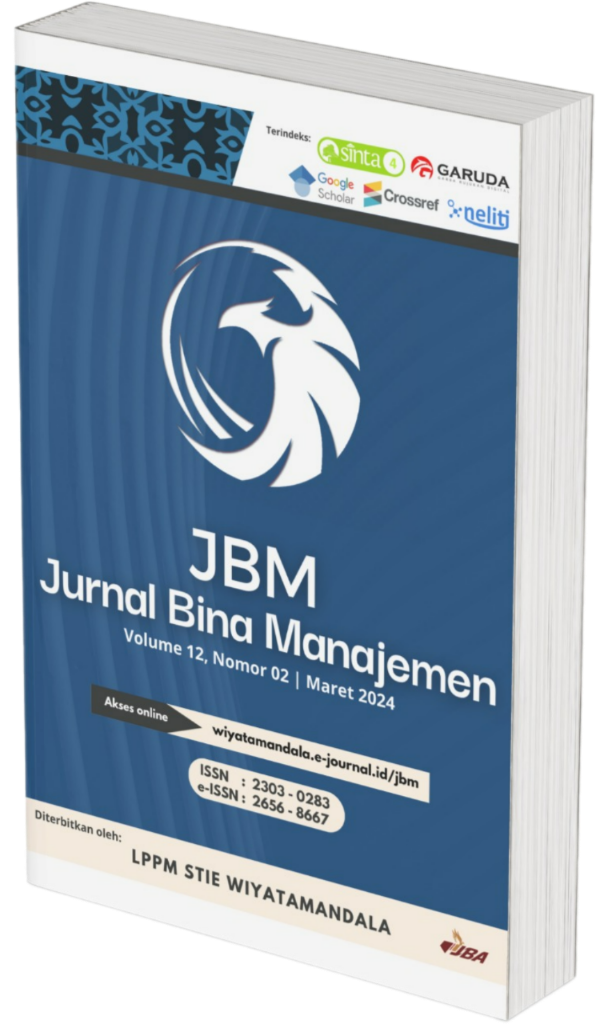GENERAL BUSINESS ENVIRONMENT PT. XXX INDONESIA
DOI:
https://doi.org/10.52859/jbm.v6i2.7Keywords:
PT XXX Indonesia, Demographic Environment, Development and Regional Economics, Industrial and Sectoral Policies, Technological Environmental AnalysisAbstract
The purpose of external factor analysis is to see the opportunities and threats that will be faced by PT. XXX Indonesia due to changes in the external environment. From the results of this analysis it is expected that PT. XXX Indonesia can design any strategies that can be done to sustain the tourism industry. External factors used in this analysis are demographic environment, development economics and regional, industrial and sectoral policies, and technological environmental analysis. The data used in each analysis is broadly obtained from the Central Bureau of Statistics (bps.go.id) and the Central Bureau of Statistics (jatim.bps.go.id). Based on the analysis of these four factors, PT. XXX Indonesia needs to expand to the city of Malang, which is one of the student cities and is a city that has the largest Human Development Index (HDI) in the province of East Java, so the demand for this location is still quite high. In addition, in order to win the competition and remain sustainable in the tourism industry, the strategy that can be used by PT. XXX Indonesia is to use a cost advantage strategy. Where in this strategy profitability is obtained from the Economic of Scale.
Keywords: PT XXX Indonesia, demographic environment, development and regional economics, industrial and sectoral policies, technological environmental analysis





















